Author: Jordan Folks
American brewers are an innovative bunch. It seems each year some new hop-forward style emerges from someone’s brewhouse, leading to brewers across the country jumping on the hype-train to try their hand at making the burgeoning hoppy style of the moment. Some of these styles become industry behemoths, like Hazy IPA, while others come and go fairly quickly– remember Brut IPA?
One new style that has yet to be recognized by the BJCP as an actual style is West Coast Pilsner, which is basically a dry-hopped German pilsner that leverages American and/or New World hops in lieu of traditional noble varieties. Other than that, they’re largely similar in terms of grain, yeast, fermentation temperature, and strength.
I had my first West Coast Pilsner at the exceptional Ghost Town Brewing in Oakland, CA during a trip in 2022. Upon first sip, my jaw dropped to the floor. That beer had the crushability of a German Pils with the saturated tropical hop character of a dry, modern West Coast IPA. It was everything I ever wanted in a beer, and I instantly began devising a recipe to brew myself.
| Making I Swear This Is A Style West Coast Pilsner |
After sending an email to Ghost Town Brewing asking for info on their hopping strategies, head brewer Justin Burdt promptly replied with a recipe and detailed process notes, which I credit as the primary inspiration for this recipe. Thanks to F.H. Steinbart for hooking me up with the malt for this batch!
I Swear This Is A Style West Coast Pilsner
Recipe Details
| Batch Size | Boil Time | IBU | SRM | Est. OG | Est. FG | ABV |
|---|---|---|---|---|---|---|
| 5.5 gal | 60 min | 59.3 | 4.5 SRM | 1.048 | 1.007 | 5.38 % |
| Actuals | 1.048 | 1.007 | 5.38 % | |||
Fermentables
| Name | Amount | % |
|---|---|---|
| Pale 2-Row Malt | 7.5 lbs | 47.62 |
| Pilsner | 7.5 lbs | 47.62 |
| Carahell | 12 oz | 4.76 |
Hops
| Name | Amount | Time | Use | Form | Alpha % |
|---|---|---|---|---|---|
| Citra | 14 g | 60 min | Boil | Pellet | 13 |
| Riwaka | 14 g | 30 min | Boil | Pellet | 5.3 |
| Citra | 35 g | 10 min | Aroma | Pellet | 13 |
| Mosaic | 35 g | 10 min | Aroma | Pellet | 11.8 |
| Riwaka | 35 g | 10 min | Aroma | Pellet | 5.3 |
| Nectaron | 113 g | 2 days | Dry Hop | Pellet | 9.8 |
| Mosaic LUPOMAX | 57 g | 2 days | Dry Hop | Pellet | 18 |
| Riwaka | 57 g | 2 days | Dry Hop | Pellet | 5.8 |
Miscs
| Name | Amount | Time | Use | Type |
|---|---|---|---|---|
| Amylase Enzyme | 0.5 g | 0 min | Primary | Other |
Yeast
| Name | Lab | Attenuation | Temperature |
|---|---|---|---|
| Global (L13) | Imperial Yeast | 77% | 46°F - 55.9°F |
Notes
| Water Profile: Ca 100 | Mg 4 | Na 10 | SO4 146 | Cl 66 |
Download
| Download this recipe's BeerXML file |
NOTE: “Aroma” in recipe indicates post-boil hopstand
Given this beer would be fermented cool, I prepared a yeast starter of Imperial Yeast L13 Global a day ahead of time.
The next day, after collecting filtered tap water and getting it heating up, I weighed out and milled the grains.
With the water properly heated, I adjusted it to my desired profile and incorporated the grains before checking to make sure it was at my target mash temperature.
During the mash rest, I weighed out the kettle hop additions.
When the 60 minute mash was complete, I sparged to collect the pre-boil volume of sweet wort then boiled it for 60 minutes before chilling it during transfer to a settling vessel.
A refractometer reading indicated the wort was at my target 1.048 OG.
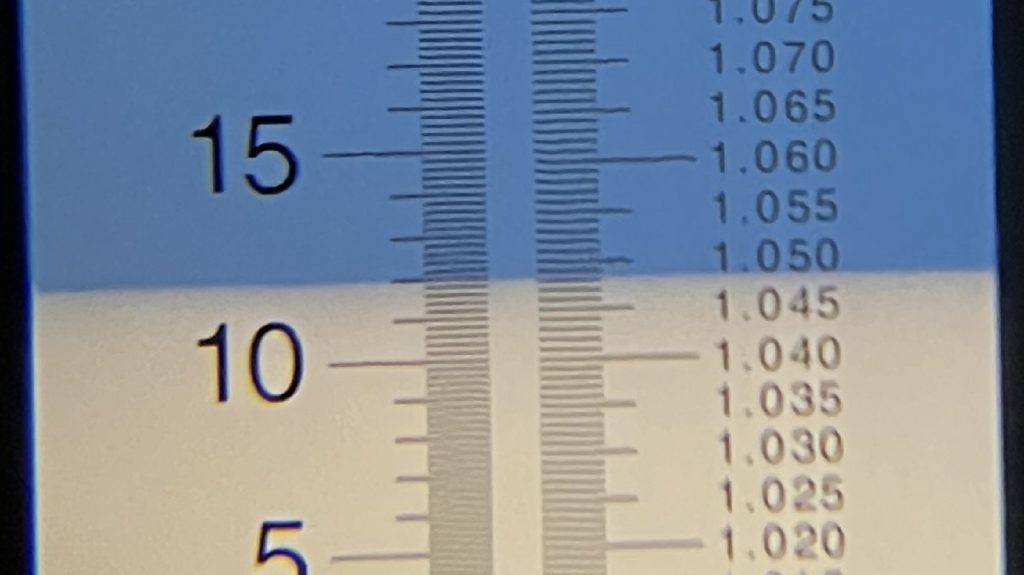
The filled vessel was left in my chamber for a few hours to finish chilling to my desired pitching temperature of 46°F/8°C before I transferred the clear wort to a fermenter, pitched the yeast starter, and set the temperature to 48°F/9°C. After a week, I gradually raised the temperature over the course of 2 more weeks until it reached 60°F/16°C, at which point I pressure-transferred it to a CO2 purged keg and added the dry hops.
A couple days later, I took a hydrometer measurement confirming fermentation was complete.
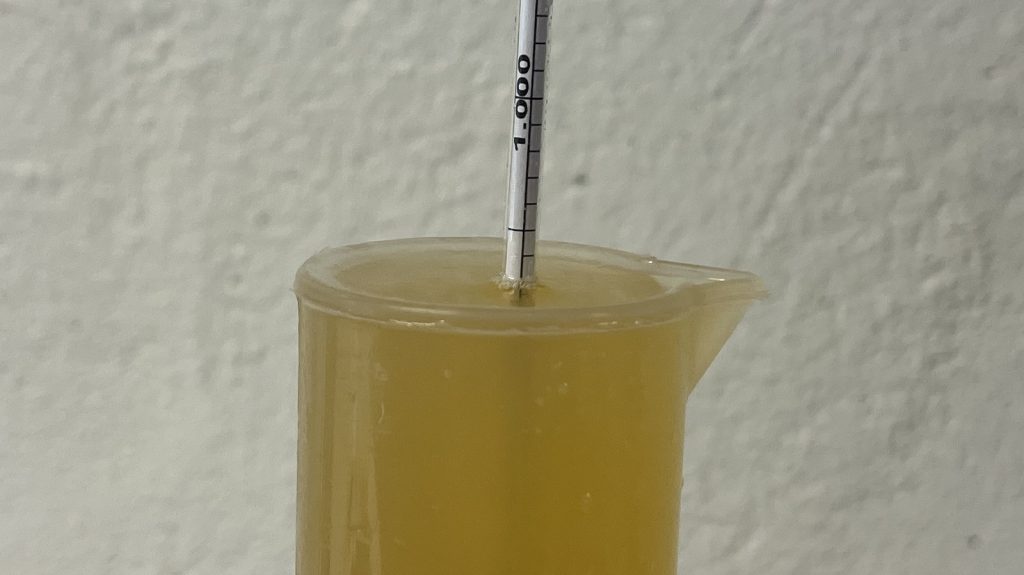
Next, I pressure-transferred the beer to a CO2 purged serving keg, adding gelatin fining at this time, then placed it on gas in my keezer. After a couple weeks of lagering, the beer was cold, carbonated, and ready to drink!
| IMPRESSIONS |
I view West Coast Pilsner as falling somewhere between modern West Coast IPA, Cold IPA, New Zealand Pilsner, and IPL, which may explain some of the confusion surrounding its advent. I respect everyone’s right to an opinion, but I’m in solidly in the camp who feels West Coast Pilsner is unique enough to warrant being its own style.
I was very pleased with this batch of I Swear This Is A Style and felt it was a near-perfect example of West Coast Pilsner– dry and moderately bitter with a familiar bready malt flavor paired with a solid tropical fruit hop bouquet. Although this would probably pass as a West Coast IPA to some, the restrained malt character and lower strength are what made it unique, truly the best of both worlds.
My one complaint about this particular batch of I Swear This Is A Style is that, despite fining with gelatin, it never dropped bright, which is likely a function of the hefty dry hop. Either way, this beer was everything I look for in a West Coast Pils and I’m confident other hopheads out there would enjoy it just as much I did!
If you have thoughts about this recipe or experience making something similar, please feel free to share in the comments section below!
Support Brülosophy In Style!
All designs are available in various colors and sizes on Amazon!
Follow Brülosophy on:
FACEBOOK | TWITTER | INSTAGRAM
If you enjoy this stuff and feel compelled to support Brulosophy.com, please check out the Support page for details on how you can very easily do so. Thanks!


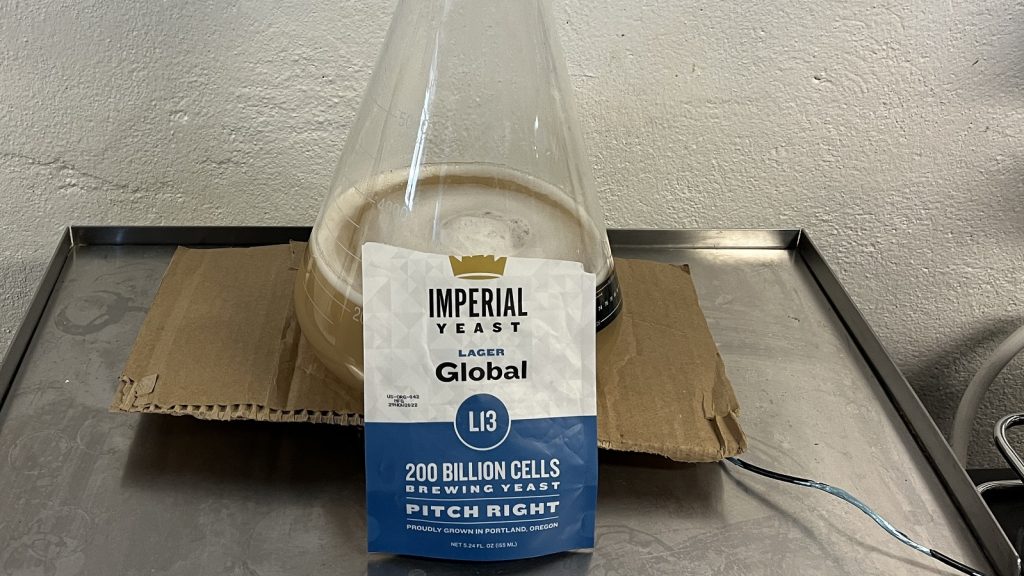
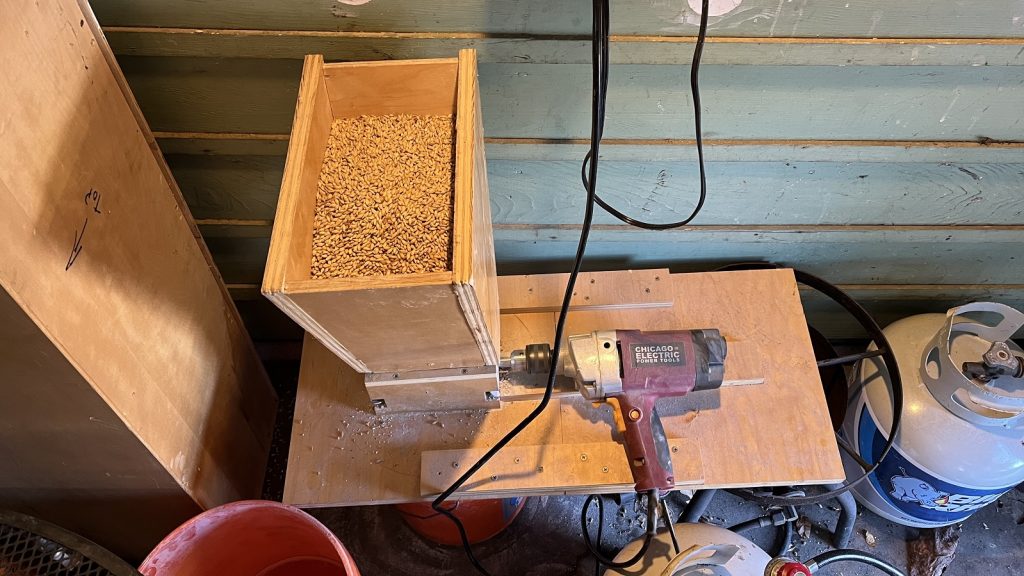
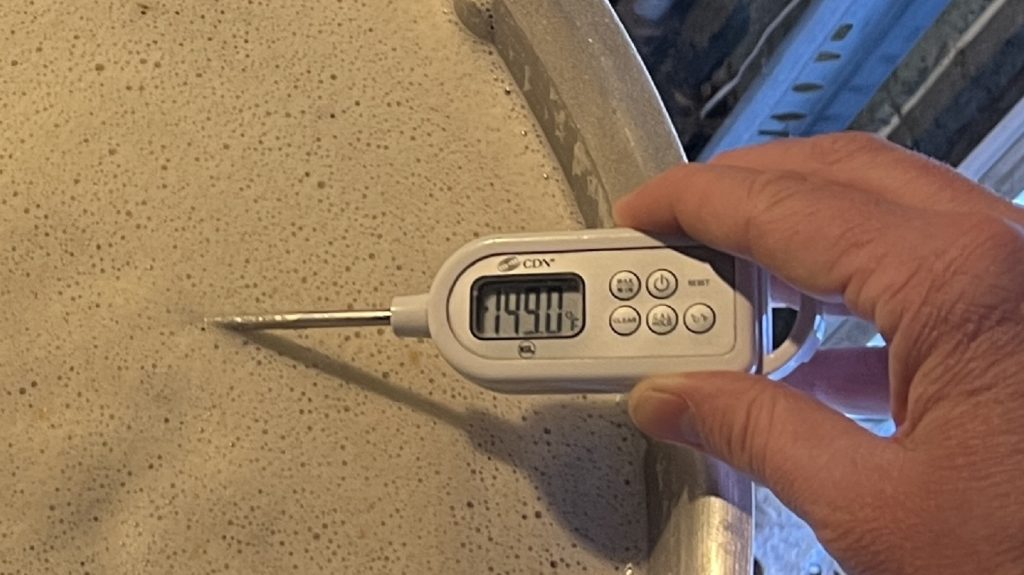
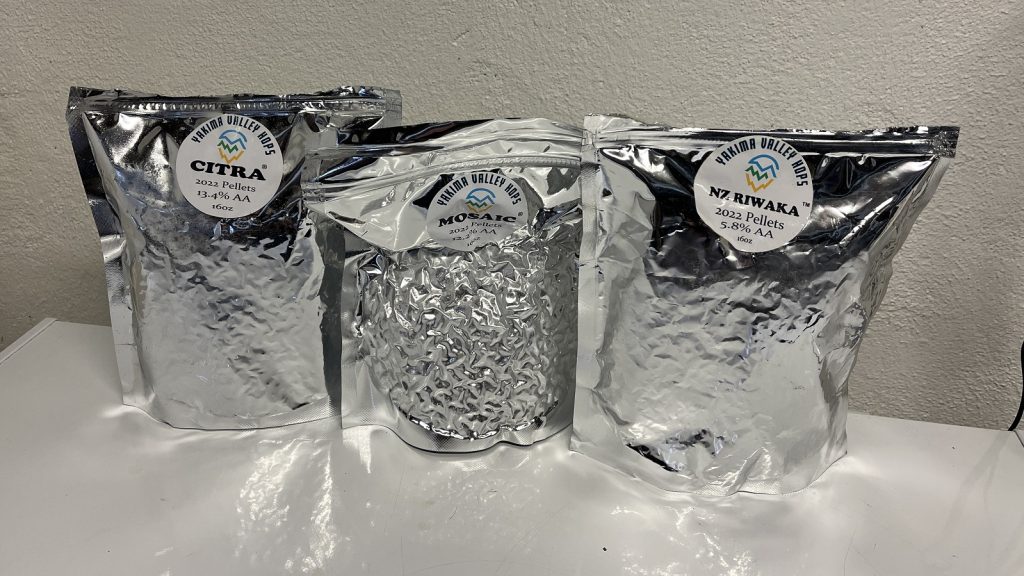
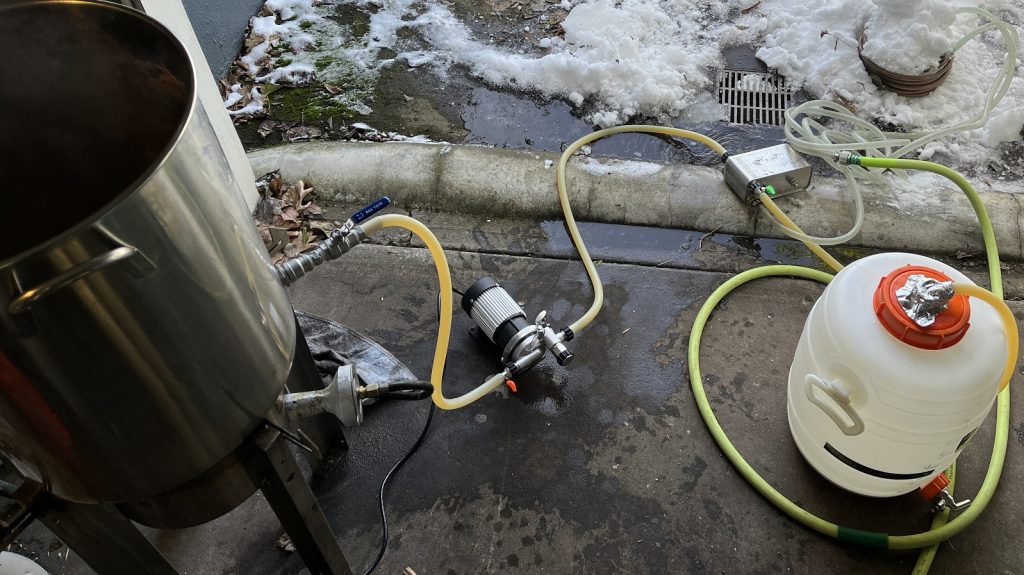
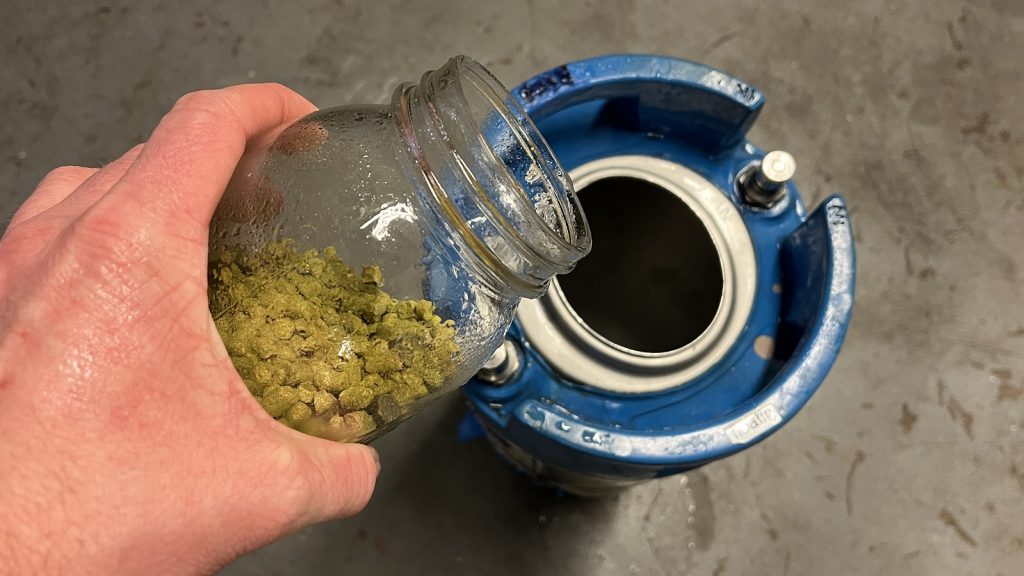
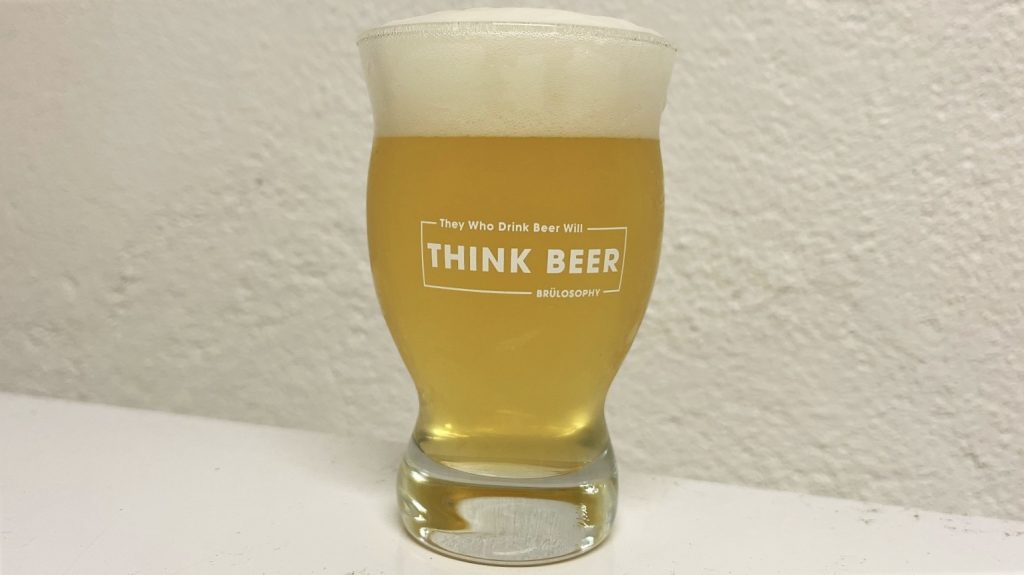











16 thoughts on “Brü It Yourself | I Swear This Is A Style West Coast Pilsner”
I avoid dry hop creep AND cloudy beer by dry hopping at yeast pitch, ferment for 7 days then keg with SMB and Gelatin. I get all the flavors and aromas I expect along with a clear beer. Cheers!
This style strikes me as a blonde ale made with lager yeast and a heavy dose of marketing. For the sake of our friends in Czech can it at least call it West Coast Lager?
Considering the brewery that created the style (highland park) basically combined a “German” pils recipe with a west coast ipa (pils, not Pilsner being the operative term), does it really matter. Of course in theirs, they use actual lager hops in the boil (not typical ipa varieties) and dry hop with ipa hops at the rate of their west coasts, it isn’t marketing as much as combining the best of two styles
Your estimated OG is way off! in a 5.5 gallon batch with 15pounds 12 ounces of grain should be north of 1.80!
My system is fairly inefficient and I have some notable volume losses along the way (e.g., MT and BK dead space) – so this is what I need to get a keg of beer. YMMV
What is the point of adding amylase enzyme at 0 minutes?
Added at yeast pitch to aid in attenuation
New Zealand have beaten you to it I reckon. First hopped NZ pilsner early 2000s
Nice article. I’ve had two craft iterations of this style and absolutely love it. Drinkable without getting burned out on hops!
Great Article. How would you differentiate this style from the other similar styles in particular New Zealand Pilsner? I argued for including this style in an upcoming homebrew competition that we are putting on and will be attempting to write. style guide leaning heavily on the write up for NZ Pilsner. I ask especially because of your inclusion of nectron and Riwaka… I also want to try this… so I will have to brew it myself.
I agree that the line in the sand is a fine one. Notably, NZ Pils requires NZ hops, as WC Pils can be all modern American varieties. Further, NZ Pils isn’t inherently dry hopped, whereas dry hopping is effectively a requirement in the current philosophy behind WC Pils.
Hi, thanks for the recipe! One thing I’m not too sure about is the IBU level in this beer. Most other WC Pilsner recipes that I found are more in the 30-45 range. Does the heavy dry hopping somehow equal that out? Thank you!
I’ve seen a lot of variation in commercial examples when it comes to hopping WC Pils. Now several batches in on this style, I stand by this hopping approach. Only 25 IBU come from the boil, so the bulk of the calculated IBUs come from the WP addition. So although these IBUs are counted in the software, the WP IBUs are not as perceptively bitter as boil-derived IBUs. I feel the style benefits from the significant WP addition – it helps saturate the beer with tropical hop flavors and aromas. Don’t get too hung up on the “IBUs” that the WP addition contributes. My latest batch was 1.043 OG and 68 IBUs (with only 25 IBU coming from boil) and it does not come across as too bitter (rather, the balance of the beer was perfect!)
Hey Jordan, sorry if this is a silly question. Why add both carahell and amylase? Don’t they basically cancel out? Doesn’t the carahell add sweetness by providing larger carbohydrates that aren’t fermentable by yeast, and doesn’t the amylase increase fermentability by chopping up larger carbohydrates into smaller ones that yeast can ferment?
I’ve heard you say on the podcast that you tend to struggle with fermentability of your wort in your brewery and therefore normally add the amylase. I was wondering how many additional points you get from the addition of amylase. Have you done a side-by-side test with the same wort, same yeast, etc?
You might be on to something AJ. I haven’t been using carahell lately, mainly because I ran out. But I’m not getting dramatically lower FGs without it – so who knows. I have yet to do a no enzyme vs with enzyme exBEERiment, but it is definitely on my list!
Pingback: A Hot New Bombshell Enters the Villa...West Coast Pilsner!! - Brewing Science Institute